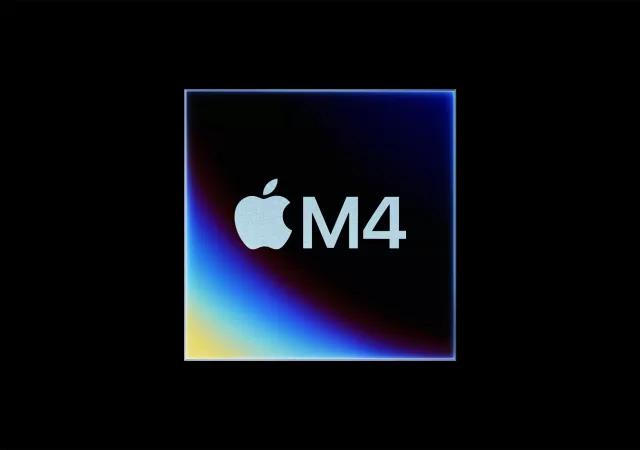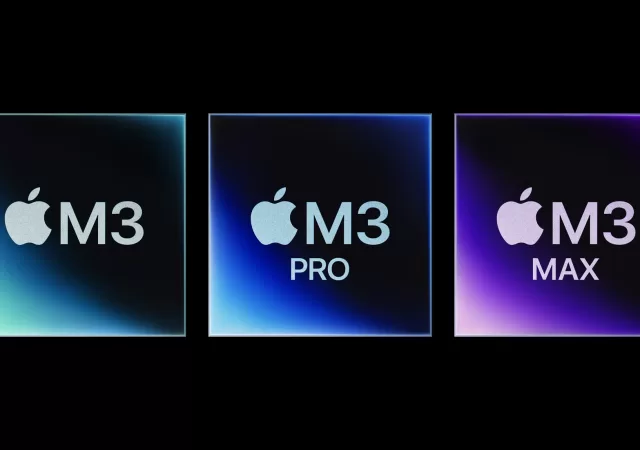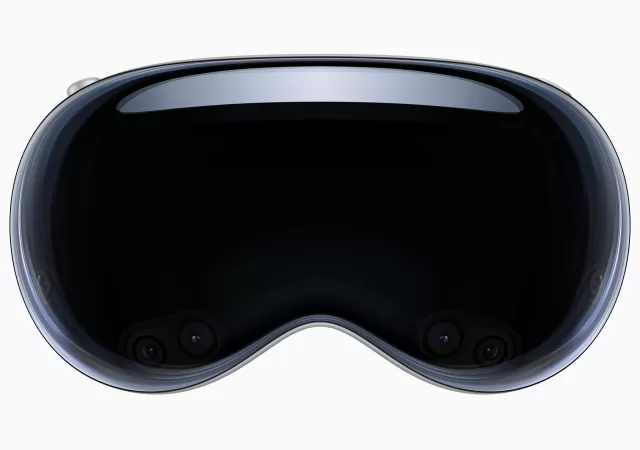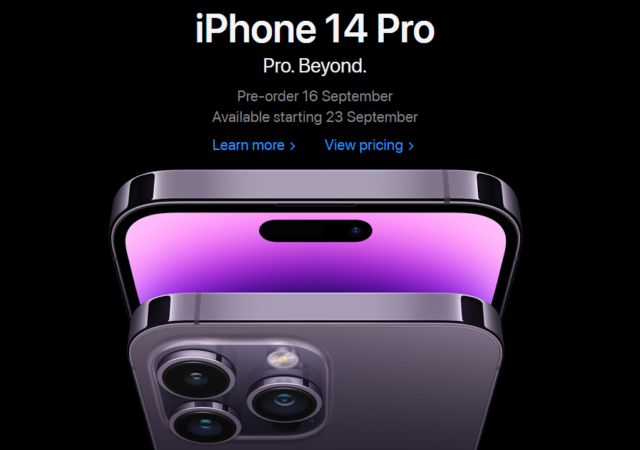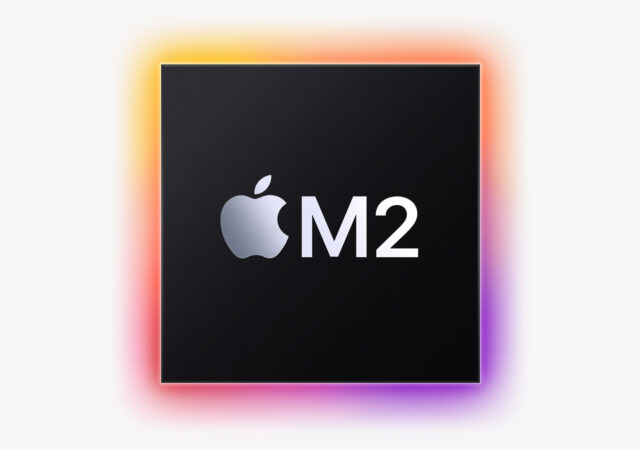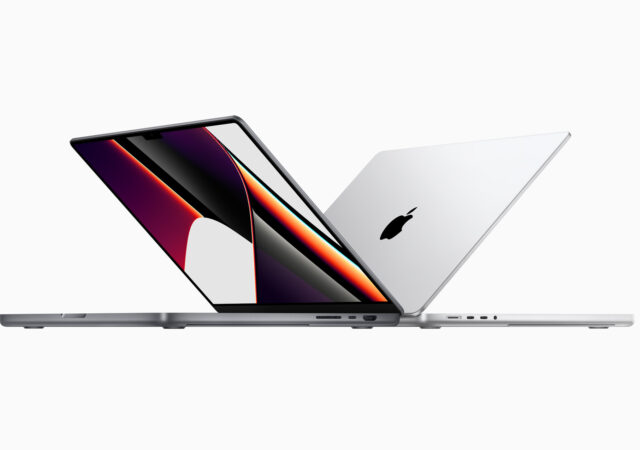Apple introduces the Apple Watch SE 3 that brings core WatchOS experiences at an affordable price point.
Apple M4 Chip Makes Debut with New iPad Pro
The new iPad Pro comes with Apple’s most powerful SoC yet. The M4 Chip has a 10-core CPU, a 10-core GPU and its most powerful Neural Engine.
Apple’s New M3 Series of Processors Come with Ray Tracing & Dynamic Caching
Apple’s “Scary Fast” event brought us a family of new processors that up the ante when it comes to performance. The new M3 series of processors, consisting of the M3, M3 Pro and the M3 Max, bring along a bevvy…
[WWDC 2023] The Apple Vision Pro – The Apple Computer on Your Face
Apple introduces the Vision Pro, the first ever “spatial computing” experience in the world for a cool US$ 3,499.
Where Should You Get Your Apple iPhone 14 and iPhone 14 Pro From?
Apple’s iPhone 14 and iPhone 14 Pro has gone on pre-order. Where should you get your Apple iPhone 14? Who gives you the best iPhone deals?
[WWDC 2022] Apple Launches the M2 for the New MacBook Air and 13-inch MacBook Pro
Apple launches their new M2 silicon at WWDC 2022. The new M2 replaces the M1 chip and powers the new MacBook Air and 13-inc MacBook Pro.
The New MacBook Pro is Here, and the Apple Silicon M1 Pro and M1 Max are Here!
Apple launches their new MacBook Pro in two sizes, 16-inch and 14-inch. You get to pick between an M1 Pro or an M1 Max to boot.




